Solvent Trap vs. Suppressor in 2022
The importance of a solvent trap to a gun owner cannot be overemphasized. Akin to a hunter needing a dog during hunting trips, a gun owners of every capacity NEED a solvent trap during firearm cleaning operations…if you are cleaning your firearms without solvent trap, try one out and we can almost guarantee you will never revert back to your traditional methods.
Solvent traps have been in existence for decades. And although their design may have been crude initially, being developed from standard household and automative parts, they served their intended purpose of trapping fluids during cleaning sessions.
Over the years, the design of solvent traps has evolved, and modern-day solvent traps now have aesthetic and mechanical design similarities to suppressors. Because of these design similarities and the ATF facilitating a legal way of manufacturing and registering your own firearms and class 3 firearm parts through the Form 1 process, numerous individuals have tried to modify their solvent traps into suppressors. But not just solvent traps, anything that’s tubular, whether it be automotive parts or Maglites – Many others have altered these same household items to be used as solvent traps too!
Just because a solvent trap resembles something else, does not mean it is nor is intended to be used as the very thing it resembles. A mock suppressor or “barrel shroud” may resemble a suppressor, but these are simply for aesthetics. Some mock suppressors have been converted in the past and caused individuals legal issues, but they were never intended to be converted, so it’s the buyers responsibility to know what the deal is to a very large degree!
But before we go any further, let’s give you a rundown of solvent traps and why they should not be confused with suppressors.
Solvent Trap - Firearm Cleaning Accessory
A Solvent Trap is a device attached to the threaded barrel of a gun to capture cleaning solvent during cleaning operations. They typically have a threaded muzzle attached to the threaded barrel of a gun.
During cleaning operations, the intricate design of storage cups in a solvent trap captures dirt from the gun while allowing the solvent to flow through a hole till it gets to the cup at the bottom. The end of the solvent trap is capped to ensure that any of the chemicals won’t leak all over while cleaning. This feature allows gun owners to clean their guns without creating a total mess in the process.
Because the cleaning solvent is expensive, the solvent traps also allow the liquid to be reused after cleaning. They filter the dirt and subsequently allow the dirt-free fluid to pass through to a cup where it is trapped and stored.
Important distinction of solvent traps is best exemplified with the following quote referencing information from the Gun Control Act of 1968 and the NFA Handbook of the current year.
—
“The stated intent of a solvent trap is to catch and trap gun cleaning solvent during bore cleaning sessions or operations, commonly performed on firearms. Solvent traps do attach to the muzzle of a firearm but do not have any design features intended to allow a bullet to pass through them.
Since as originally manufactured they are not intended to silence, muffle or diminish the report of a portable firearm they are not silencers as defined in 18 U.S.C. 921(a)(24) and thus also are not firearms as defined in 18 U.S.C. 921(a)(3) or 26 U.S.C. 5845(a)(7).
However, if the solvent trapped was redesigned or utilized to assemble a device for silencing, muffling or diminishing the report of a portable firearm or if intent was demonstrated to use the device for silencing, muffling or diminishing the report of a portable firearm, the solvent trap would be classified as a “firearm silencer” as defined in 18 U.S.C. § 921(a)(24) and as a “firearm” as defined in 18 U.S.C. § 921(a)(3)(C) and 26 U.S.C. § 5845(a)(7).”
—
For a figurative comparison, it is not even a matter of “apples” and “oranges”, suppressors are bananas and solvent traps aren’t even a fruit.
The quote above is very important as there is a lot of fear in the market relating to whether solvent traps are legal or not, this is precisely why going with a company such as SolventTrap.Co will alleviate any confusion – If you purchase from SolventTrap.Co, you know you are getting a Solvent Trap in every legal definition.
A Basic Rundown of Suppressors
A Suppressor is a muzzle device that reduces the gunshot sound when a firearm is discharged. The suppressor does this by slowing the discharge of the propellant gas that accompanies the bullet when it’s fired.
This feature is accomplished by a series of designed baffles inside the suppressor. The baffles trap the propellant gas as they leave with the bullet and convert the accompanying sound energy into heat trapped within the chamber.
Though a suppressor is effective when used with the right gun, the sound of the gunshot is not eliminated but instead reduced to a phut sound. The beauty of a suppressor is that it dampens the recoil, eliminates muzzle flashes, and reduces the chances of hearing loss from gunshots to a bare minimum.
Similarities and Differences between a Solvent Trap and a Suppressor
Now that we have explained what solvent traps and suppressors are, let us take a look at some of their similarities:
Similarities
- They both have a threaded end for attachment
- They have an intricate design of baffles
- They have end cups and a similar mechanical design
Though solvent traps and suppressors have a lot in common, they also have several differences, which clearly differentiates them from each other.
Differences
- Suppressors have an exit hole for bullets to pass through, while solvent traps don’t
- Suppressors are designed to withstand the pressure and explosion that accompanies a projectile, while solvent traps are designed to resist corrosion from cleaning agents.
- Suppressors are manufactured to reduce the sound and muzzle flash from gunshots, while solvent traps are made for the sole purpose of trapping cleaning solvent during gun cleaning.
- Suppressors can allow bullets to safely pass through them without the risk of a blowback explosion due to a slight change in trajectory. In contrast, solvent traps possess a high risk of blowback explosions when modified incorrectly as a suppressor.
Legalities of Solvent Traps
Purchasing a solvent trap is totally legal in the US. However, the ATF draws a line when individuals attempt to modify or alter the solvent trap for other purposes. For instance, solvent traps are quite similar to suppressors and can easily be converted into a suppressor with a few modifications.
Doing this without legally filing and receiving back a form 1 from the ATF can attract a felony charge. The ATF mandates that any alterations to a Solvent trap should be registered and filed using the ATF Form 1. Submission of the ATF Form 1 is accompanied by a compulsory stamp charge of $200.
After Form 1 has been received, the gun owner is required to engrave the serial number on Form 1 onto the solvent trap for identification purposes before any alterations are carried out on the device.
Now, this might come as a surprise to you, but all factory-made suppressors come with a similar engraved serial number used for identification purposes in the event of a crime or a shootout.
So depending on the state you reside in, purchasing a suppressor or converting a solvent trap into one is considered a crime and attracts a felony charge.
What to expect in 2022
As of the time of writing this piece, the ATF stance on the sale of solvent traps is that “Solvent Traps are legal.” Nevertheless, any intent to use the device as a suppressor without proper registration will bring the full weight of the law to your doorstep.
Several states, including New York and California, have moved forward to prohibit suppressors or their conversion from solvent traps. So it would be advisable to check with your state laws come 2022 to know the current stance of gun laws in your location.
Bottom line
Manufacturers design and formulate a product for a particular use. Making any alterations to the product can cause damage, severe liability, or even felony charges to the owner, especially when the modified product is questionable in the eyes of the law.
That being said, solvent traps are made solely for trapping solvents when cleaning firearms. The product should not be modified for any other purpose, as doing such can cause serious liability to the owner, including felony charges.
We offer a variety of solvent traps suitable for different pistols and rifles, as well as other firearm cleaning products that can help improve the efficiency and longevity of your firearm. Buy your quality Solvent Traps from us today!
Solventtrap.co is focused on developing safe and environmentally friendly cleaning solutions. We specialize in Solvent Traps & other cleaning technologies for firearm maintenance. This content is not legal advice. It is intended for educational purposes only. Legal advice may only be provided by a properly licensed attorney. We recommend you consult a lawyer.
References:
https://www.silencershop.com/blog/post/what-is-a-solvent-trap
https://shootersden2.com/post/2019/02/10/how-do-solvent-traps-work

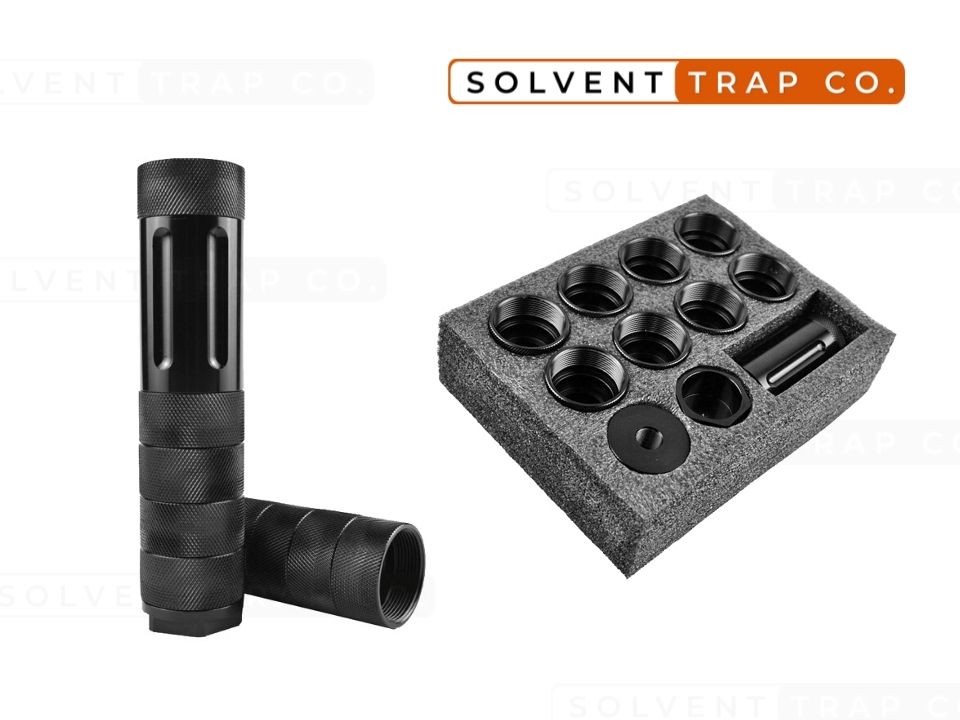
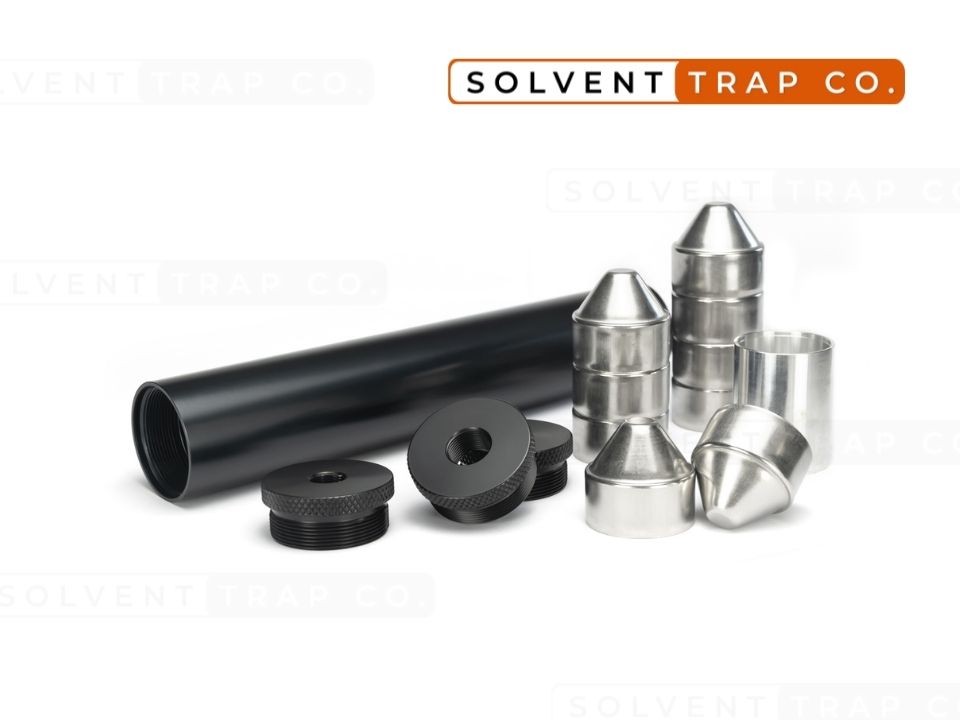
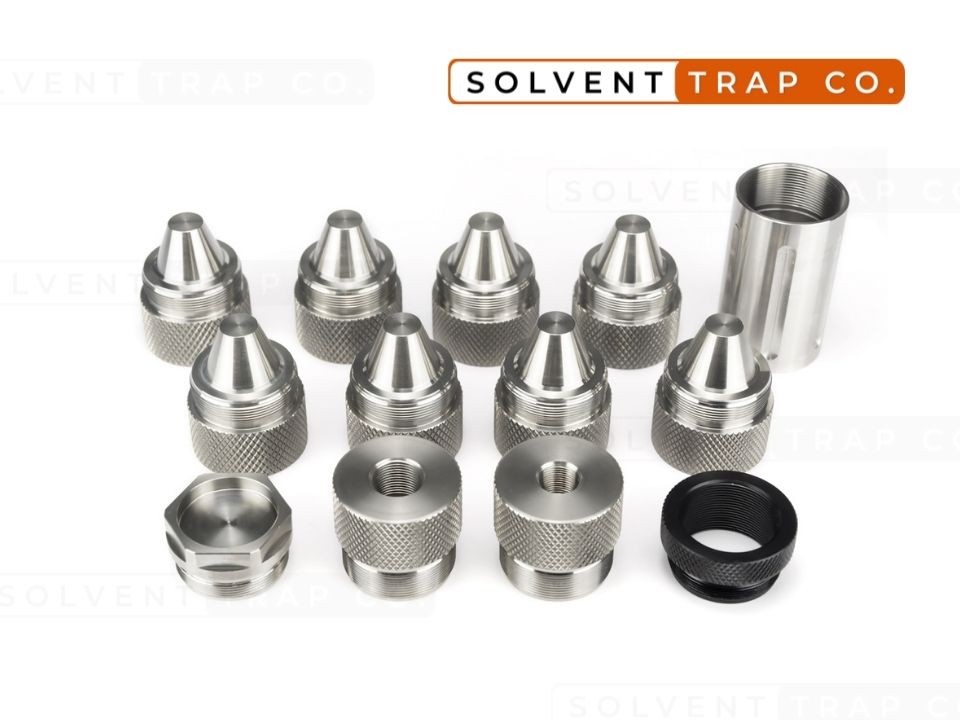


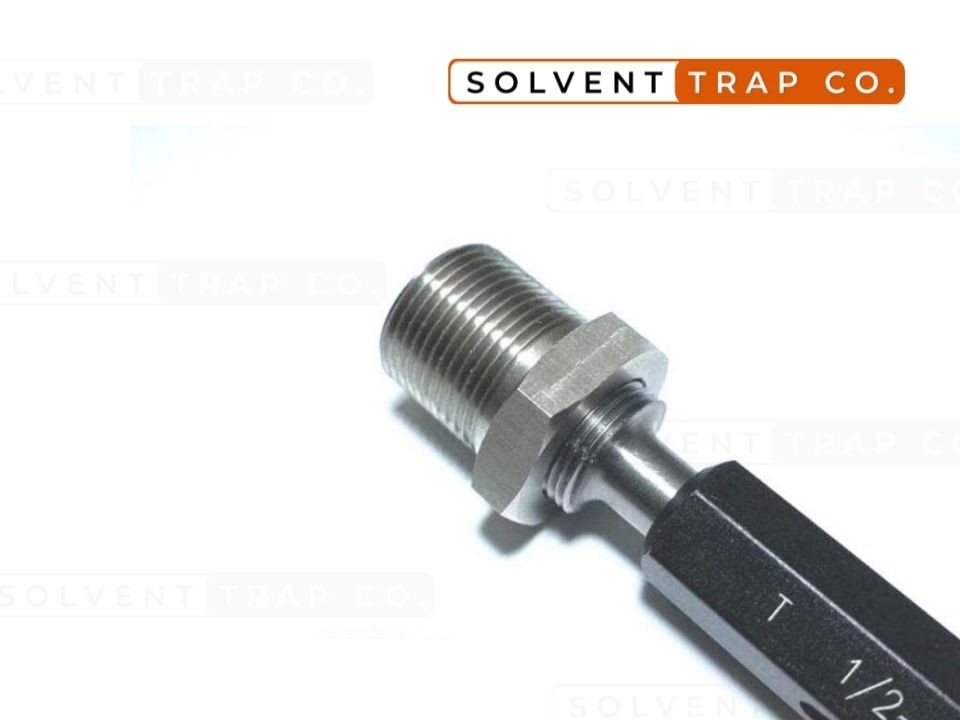

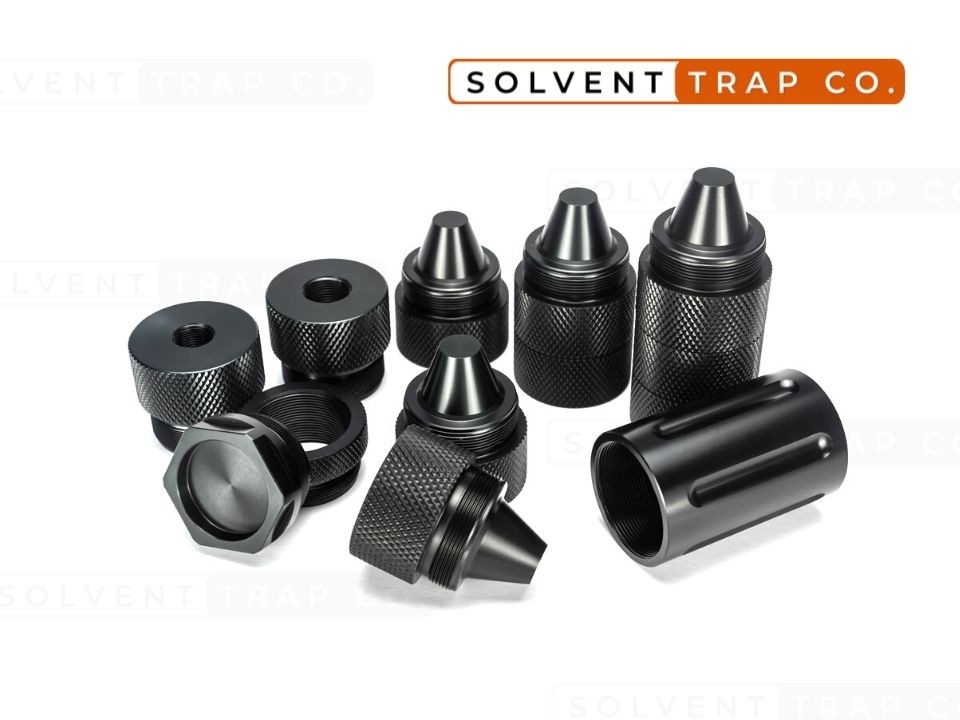
Leave a Reply